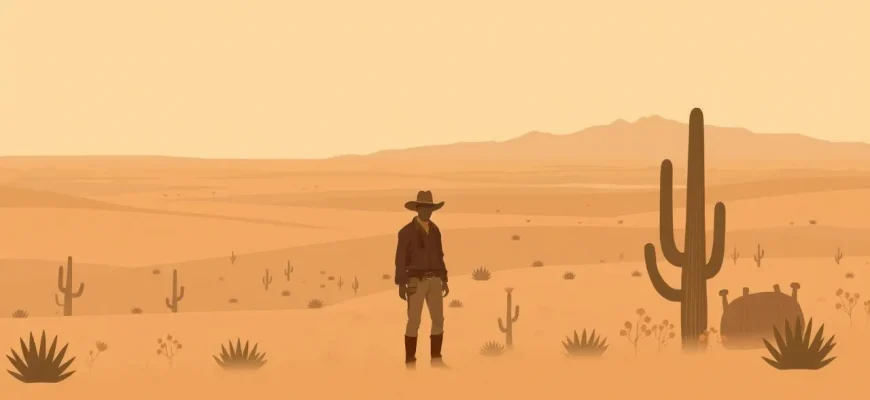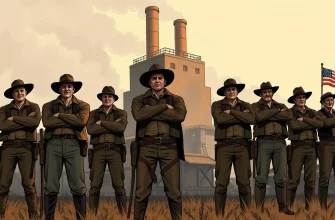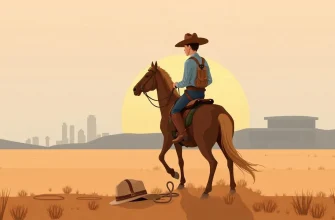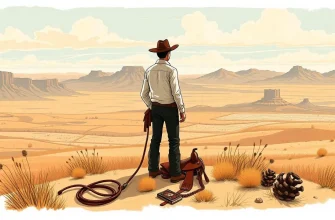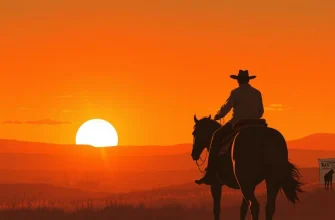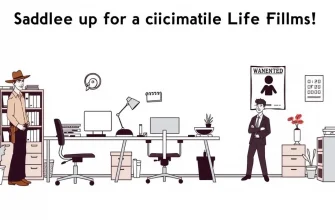The Wild West wasn't just about shootouts and lawlessness; it was also a place where people worked hard to carve out a living. This collection of films delves into the daily grind, the sweat, and the toil of those who lived in the era of the American frontier. From cattle drives to mining towns, these movies showcase the grit and determination of the working class in the West, offering a unique perspective on a genre often dominated by tales of outlaws and sheriffs.
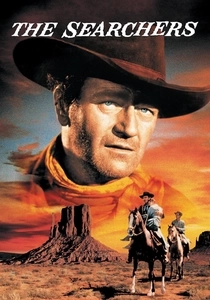
The Searchers (1956)
Description: While primarily a quest narrative, the film includes scenes of ranch work, cattle drives, and the daily life of settlers, providing a backdrop to the main story.
Fact: John Wayne's character, Ethan Edwards, is one of the most complex and controversial in Western cinema.
 Watch Now
Watch Now 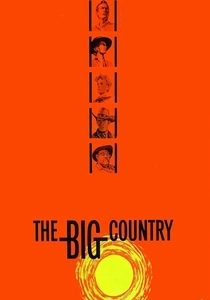
The Big Country (1958)
Description: Set against the backdrop of a cattle ranch, this film delves into the life of a sea captain who inherits a ranch and must navigate the complex social and labor dynamics of the West.
Fact: The film was shot on location in California, with the ranch scenes filmed at the historic Forked Lightning Ranch in New Mexico.
 Watch Now
Watch Now 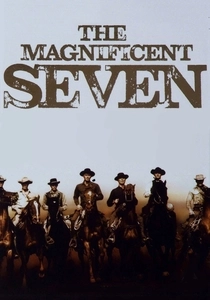
The Magnificent Seven (1960)
Description: This classic Western features a group of gunfighters hired to protect a Mexican village, showcasing the labor of defending a community and the daily life of its inhabitants.
Fact: The film was inspired by Akira Kurosawa's "Seven Samurai," adapting the story to a Western setting.
 Watch Now
Watch Now 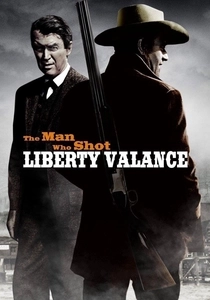
The Man Who Shot Liberty Valance (1962)
Description: While not strictly about working life, this film explores the transition from the Old West to a more civilized society through the lens of a lawyer who becomes a rancher, highlighting the labor and community building in the West.
Fact: This film was one of the first Westerns to explore the theme of the myth versus reality of the West.
 Watch Now
Watch Now 
The Ballad of Cable Hogue (1970)
Description: This film tells the story of a man who strikes it rich by establishing a water hole in the desert, showcasing the entrepreneurial spirit and the daily struggles of making a living in the West.
Fact: Sam Peckinpah, known for his violent Westerns, directed this more light-hearted and comedic take on the genre.
 Watch Now
Watch Now 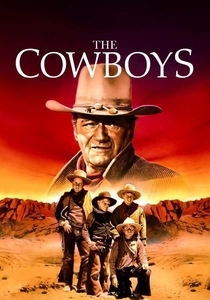
The Cowboys (1972)
Description: This film captures the essence of the working life in the West through the story of a rancher who hires schoolboys to drive his cattle to market after his ranch hands desert him. It's a tale of mentorship, responsibility, and the harsh realities of ranch work.
Fact: John Wayne, who plays the rancher, was 64 during filming, making this one of his last major roles before his death.
 Watch Now
Watch Now 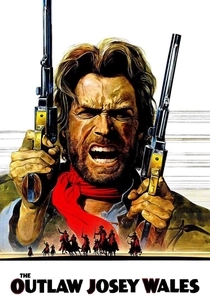
The Outlaw Josey Wales (1976)
Description: While Josey Wales is an outlaw, the film shows his transition into a life of farming and ranching, highlighting the labor and community aspects of the Western frontier.
Fact: Clint Eastwood directed and starred in this film, which was one of his first directorial efforts.
 Watch Now
Watch Now 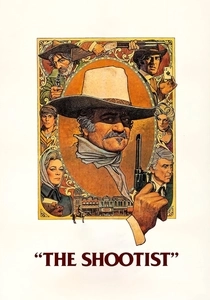
The Shootist (1976)
Description: This film focuses on an aging gunfighter who reflects on his life, including his days of working as a ranch hand, offering a poignant look at the end of an era.
Fact: This was John Wayne's final film role, and he was battling cancer during its production, adding a layer of real-life poignancy to his performance.
 Watch Now
Watch Now 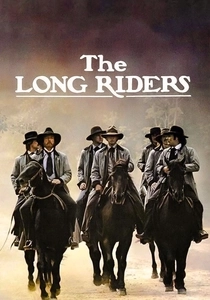
The Long Riders (1980)
Description: This film explores the working life of the James-Younger Gang, showing their day-to-day operations and the labor involved in their criminal activities, which were often intertwined with legitimate work.
Fact: Real-life brothers played the James and Younger brothers in the film, adding authenticity to the family dynamics.
 Watch Now
Watch Now 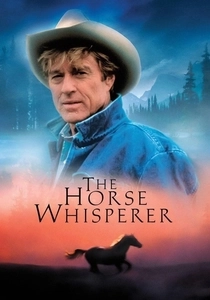
The Horse Whisperer (1998)
Description: Although set in modern times, this film captures the essence of the cowboy lifestyle, focusing on the labor-intensive work of horse training and the emotional connections formed through this work.
Fact: Robert Redford, who stars in the film, also directed it, bringing his own experience with horses to the project.
 Watch Now
Watch Now 
